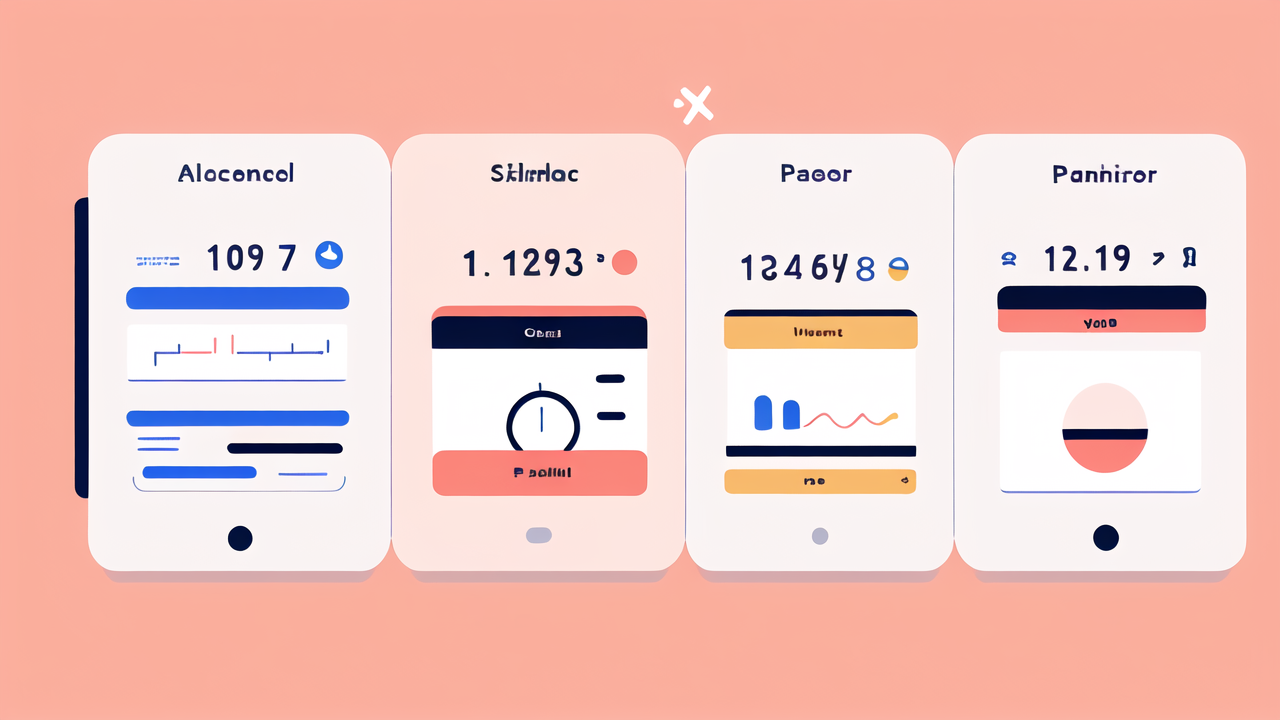The Rise of Smart Fitness: Step Counters in the Digital Age
Understanding Step Counters: Technology and Accuracy
Step counters have become a key feature in smart watches. They use sensors to detect motion and count steps. Most devices use accelerometers to measure movement in three dimensions. Some also use gyroscopes for more accuracy.

The technology behind step counters has improved over time. Early versions had issues with accuracy. They often counted non-step movements as steps. Modern step counters are much more precise. They can tell the difference between walking, running, and other activities.
Accuracy can vary between devices. Factors like wear position and walking style can affect counts. Most step counters are accurate within 10% of actual steps taken. This is good enough for most users to track their daily activity levels.
The Evolution of Step Counters: From Pedometers to Smartwatches
Step counting has come a long way since the first pedometers. These simple devices used mechanical sensors to count steps. They were bulky and not very accurate. The digital age brought electronic pedometers. These were smaller and more precise.
The real revolution came with smartphones. Many people started using their phones as step counters. This was convenient, but not always accurate. Phones aren't always on the body.
Smart watches changed the game. They combine the accuracy of dedicated devices with the convenience of smartphones. They're always on the wrist, counting steps all day. Many can also track other activities and health data.
Step Counters and User Adoption Rates: A U.S. Perspective
Step counters have seen rapid adoption in the United States. A 2019 survey found that 21% of Americans use a fitness tracker or smart watch. This number has likely grown since then. The COVID-19 pandemic increased interest in personal health tracking.
Adoption rates vary by age group. Younger adults are more likely to use step counters. About 25% of adults under 50 use fitness trackers. The rate is lower for older adults, but it's growing.
Many factors drive adoption. Health awareness is a big one. People want to be more active. Step counters provide an easy way to track progress. Insurance companies and employers often offer incentives for using trackers. This has boosted adoption rates.
Step Counters and Their Impact on Health and Wellness Trends
Boosting Physical Activity: The Role of Step Counters in Promoting Health
Step counters have had a significant impact on physical activity levels. They make people more aware of their daily movement. This awareness often leads to increased activity. Many users set daily step goals. These goals motivate them to move more.

Studies have shown positive effects. One study found that step counter users increased their activity by 2,000 steps per day. This is about a mile of extra walking. Over time, this can lead to better health outcomes.
Step counters also help people set and achieve fitness goals. Many apps linked to step counters offer challenges and rewards. These features make fitness more engaging and fun. They turn exercise into a game or social activity.
Step Counters as Lifestyle Tools: Fostering Mindful Living
Step counters do more than just track steps. They've become tools for mindful living. Many people use them to build healthier habits. The data from step counters can reveal patterns in daily life.
Users might notice they're less active on certain days. This awareness can lead to changes in behavior. They might choose to take a walk during lunch breaks. Or they might opt for stairs instead of elevators.
Step counters also promote overall wellness. Many devices track sleep patterns and stress levels. This holistic approach helps users see the connection between activity and well-being. It encourages a more balanced lifestyle.
The Intersection of Step Counters and Wellness Programs
Many workplaces and insurance companies have embraced step counters. They use them as part of wellness programs. These programs often offer incentives for reaching step goals. Some companies provide discounts on insurance premiums.
Wellness programs with step counters have shown positive results. They can increase employee activity levels. This can lead to better health and lower healthcare costs. It can also improve morale and productivity.
Some programs use group challenges to boost engagement. Teams compete to reach step goals. This adds a social element to fitness tracking. It can make exercise more fun and motivating.
The Future of Fitness Tracking: What's Next for Step Counters?
Innovations in Step Counting Technology: Beyond the Basics
Step counters are evolving beyond simple step tracking. New technologies are making them more accurate and useful. Some devices now use GPS to track outdoor activities. This provides more detailed data on distance and routes.

Heart rate monitors are becoming standard in many devices. This allows for more accurate calorie burn estimates. Some step counters can now detect different types of movement. They can tell if you're walking, running, or cycling.
Future step counters might use even more advanced sensors. They could measure things like blood oxygen levels or skin temperature. This would provide a more complete picture of health and fitness.
Step Counters and the Wearable Technology Market Growth in the United States
The wearable technology market in the U.S. is growing rapidly. Step counters and fitness trackers are a big part of this growth. The market is expected to reach $70 billion by 2025. This shows the continuing demand for these devices.
Several factors are driving this growth. Improved technology is making devices more useful. Prices are coming down, making them more accessible. There's also growing interest in personal health and fitness data.
Major tech companies are investing heavily in this market. They're developing new features and integrations. This competition is driving innovation and improving user experiences.
Predicting the Next Wave: Step Counters in the Era of AI and Machine Learning
AI and machine learning are set to transform step counters. These technologies can analyze data in new ways. They could provide more personalized insights and recommendations. For example, AI might suggest the best times for you to exercise based on your patterns.
Future step counters might use AI to detect health issues early. They could spot changes in your gait that might indicate a problem. They might even predict and help prevent injuries based on your activity patterns.
Machine learning could also make step counters more accurate. It could better distinguish between different types of movement. This would lead to more precise tracking of various activities. The future of step counters looks bright, with endless possibilities for innovation.




Leave a comment
This site is protected by hCaptcha and the hCaptcha Privacy Policy and Terms of Service apply.